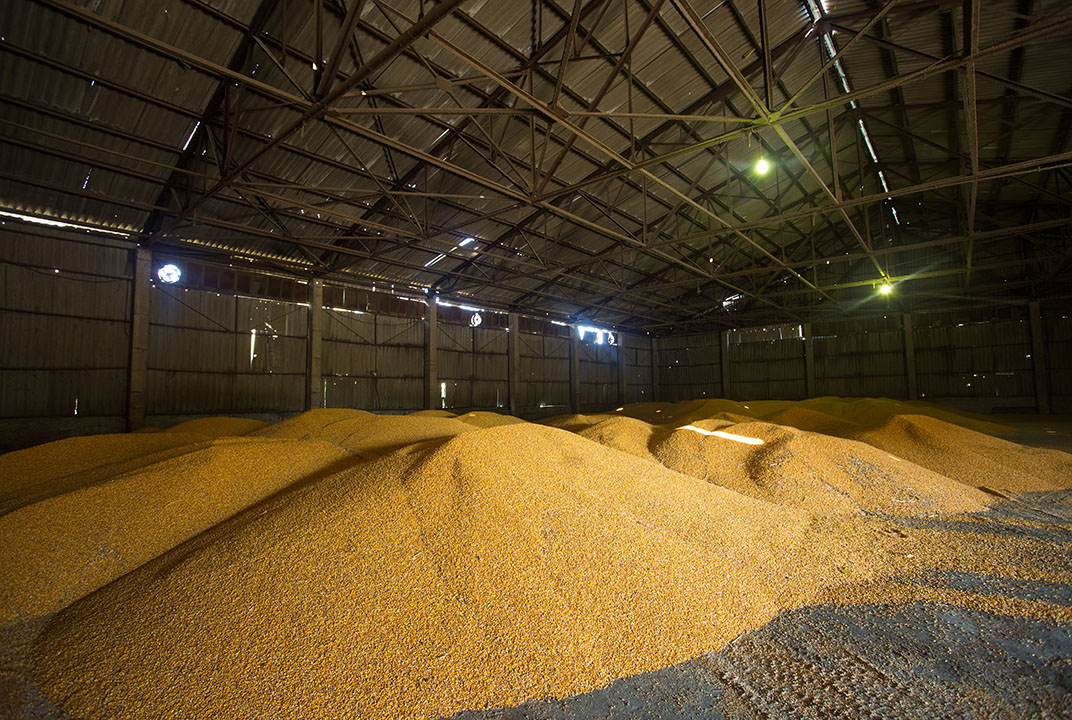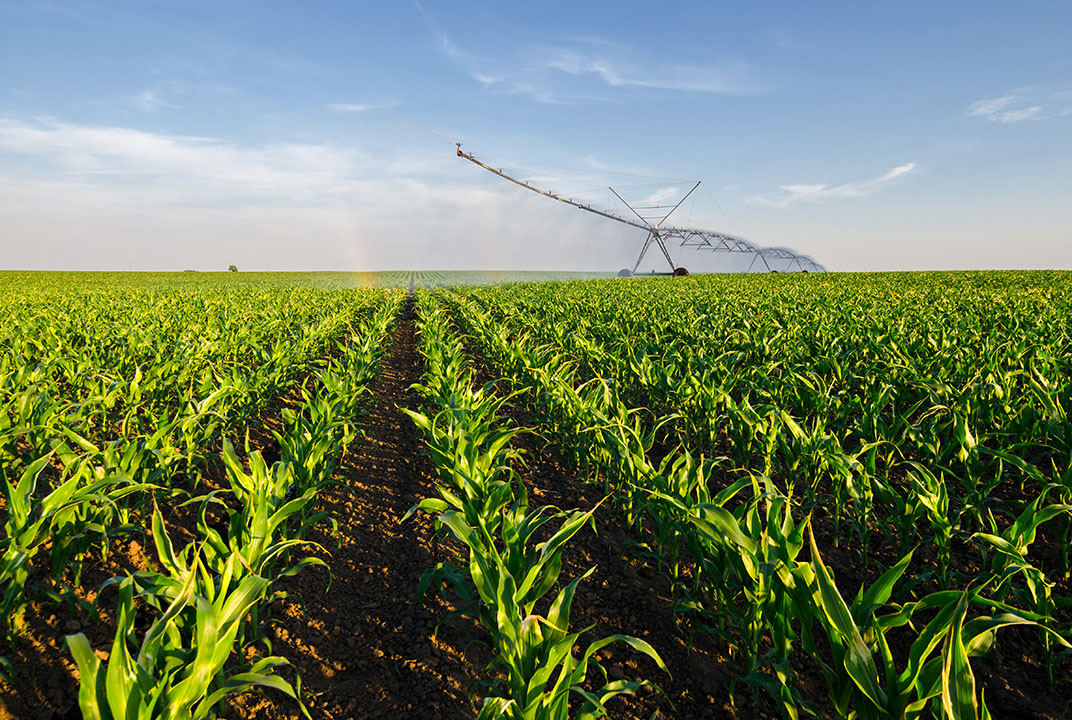Insight | Talking crops
Talking crops
null
Do you ever stop to think about how your food is produced? As IoT enabled solutions play an ever-increasing role in data-driven smart agriculture, we look at the part satcom can play in agritech.
Cereals, it’s safe to say we all consume them. And it’s likely that we all have a favourite cereal or two, think of all the many delicious rice dishes, your movie theatre popcorn or perhaps your well-deserved beer at the end of your workday.
But how often do you really think about your food? Do you ever stop and think about how it is produced? There’s really a lot involved in growing crops the best possible way and the Internet of Things (IoT) is playing an ever-increasing role in data-driven smart agriculture.
Using innovative technology, farmers can produce more food without expanding their hectares of land, they can improve the quality of the produce and reduce the application of water, fertilizer or pesticides which saves money but also benefits our environment. The need for more food production comes from our fast-growing world population and this is putting pressure on the sector to innovate.
Digitising the arable industry
We experienced the first industrial revolution at the end of the 18th century, today we are in the fourth industrial revolution where we are experiencing a fusion of technologies that is creating really endless possibilities.
Recently at Cereals UK, a leading technical event for the arable industry, many agricultural companies were showing their latest developments. More resistant crop types, tractors that drive on auto-pilot, new spraying technologies and a lot of digital solutions. And in many of these developments, satellite plays a key role.
A number of companies were promoting hyper-spectral imaging from satellites or drones – an interesting technology that looks down on Earth to colour code a farmer’s plots to show aspects like soil variation, crop density or early detection of disease and weeds. Using these maps, farmers can apply precision farming to their crops by applying the right input or treatment exactly where needed. In turn, this can help increase the yield per hectare and reduce the inputs a farmer needs to apply, which besides cost savings also improves our environment and ensures a higher quality of food.
For Inmarsat, there’s a great opportunity to help connect the farm machinery directly to the Internet and enable the smooth transfer of such maps. Today, most of this data transfer is done using USB sticks which is an inefficient way as the farmer always needs to pass by the office first, download the data onto a USB and manually upload this to the machine.
Again, at the end of the day the farmer downloads the production data from the machine to upload it back to his computer in order for his agronomist to have full visibility of the work performed. The benefits of seamlessly connected machines are obvious.
As IoT plays an ever more important role in agriculture, Inmarsat has developed some really innovative solutions, with many more to come.
We help farmers to automate some of their processes by installing sensors in the field or orchard between the crops. These sensors measure values like soil humidity, temperature, solar radiation and rainfall, leaf wetness, nutrients like NPK and more. This information can be collected at regular intervals providing the farmer or agronomist with valuable information to make the best possible decisions. You don’t want to irrigate your crops if the soil still contains enough water already and you will want to adapt your fertilisation plans according to the local weather forecast. All this data is collected and transported over our satellite network and because of Inmarsat’s global coverage, solutions like these can be deployed pretty much everywhere and anywhere in the world.
Having met with farmers, distributors, agronomists and IoT solution providers at Cereals UK, we saw that there was great interest from all sides in the ability of satellite technology to enhance farming, and some new solutions may be based on some of our learnings we picked up from this event! And this is exactly what we want to do; work closely with the farming community and align our solutions to their exact needs to ensure they become more efficient.
So…talking crops?
I’m not talking science fiction here, through all these smart sensors, crops can basically start talking to us and tell us what they need to grow better. Or when they need a little less of something. These are interesting times and it’s really amazing to be part of it.
About the author
Ayan Jobse-Alkemade has been Inmarsat’s Director of Agritech Sector Development since February 2017. He started at Inmarsat in April 2014 and worked in both the Carrier Sales and M2M sales teams, delivering strategic partnerships for the new GSM-to-Satellite Roaming service.
In his current role Ayan builds relationships with partners in the Agritech sector and aims to provide valuable solutions based on satellite connectivity, with a focus on the Internet of Things.


